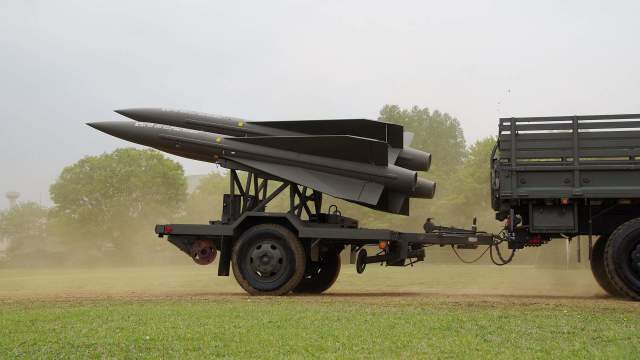Kiev will receive the MIM-23 HAWK systems, released back in the 1960sUkraine has already used the latest IRIS-T and NASAMS air defense systems received from NATO countries in the battles.
But now Spain is also supplying Kiev with six outdated MIM-23 Hawk ("Hawk") medium-range complexes. And in the latest package of American military assistance at the moment, missiles are mentioned for them. Izvestia investigated what these Cold War veterans are capable of and whether they remain dangerous in modern conditions.
An old acquaintance
Veterans of the armed forces and lovers of the history of military equipment are well acquainted with the Hawk anti-aircraft missile system. It was one of the most massive American air defense systems of the Cold War. The first modification, the MIM-23 Hawk— was adopted in 1960. In America, the complex was decommissioned in 1994. Soon, almost all NATO countries replaced it with more advanced and modern Patriot. But, as we can see, in some countries this SAM is still in service. Let's try to figure out how capable it is of providing air defense in the 2020s.
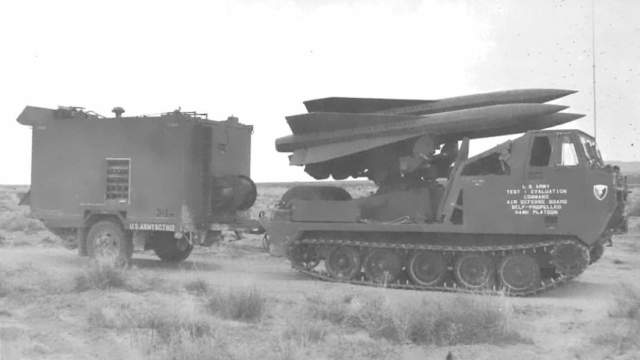
MIM-23 Hawk
Image Source: Photo: commons.wikimedia.org/US Army Air Defense Board photograph
In Soviet military literature, the first mentions of the Hawk SAM belong to the end of the 1950s: "in 1957, the American company Raytheon signed a contract with the Pentagon for the development and production of anti-aircraft guided missiles "Hawk", characterized by the relative simplicity of the device," it is written in the review edition of the Ministry of Defense of the Soviet Union "Missile weapons of capitalist states" 1959 edition. But the long history of Hawk anti—aircraft systems should not be misleading - over its long career, the air defense system has been repeatedly upgraded and has survived several generations of development of air defense missile systems.
The development of a universal medium-range air defense system with the then most promising semi-active radar guidance installed on a mobile launcher was started in the United States under the SAM-A-18 Hawk program in 1952. Semi—active guidance made it possible to hit any aerial targets with missiles that are irradiated by a special radar of the anti-aircraft complex - the missiles are guided by radar-emitter signals reflected from the target.
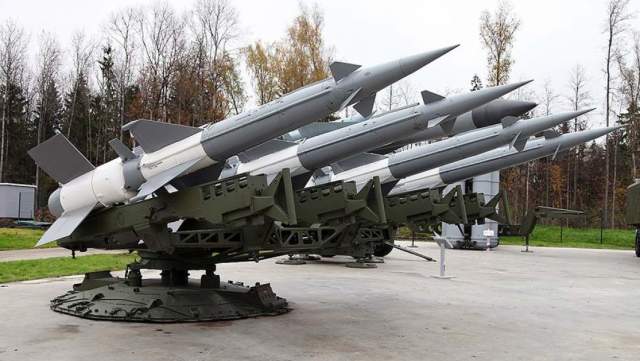
S-125 Pechora air defense system
Image Source: Photo: commons.wikimedia.org/Vitaly V. Kuzmin
The Americans managed to get a little ahead of the USSR then — in 1957, tests of their new SAM missiles began, which were capable of hitting targets not only at medium altitudes, but also near the ground itself. Hawk could shoot down aircraft at altitudes of 30 m, which was previously impossible. In 1960, the first modification of the Hawk air defense system was adopted. The closest analogue in terms of capabilities — the Soviet S-125 Pechora air defense system briefly lagged behind the Hawk and was adopted in 1961.
Both anti—aircraft complexes became extremely popular and popular — one in NATO countries and US partners, the second in all countries of the socialist camp and non-aligned or, as they were then called, "countries of people's democracy". 40 thousand . The Hawk air defense system was released in the USA and under license. The Soviet S-125 was only slightly behind in demand from its American counterpart.
A veteran in the ranks
The MIM-23 Hawk SAM is placed on a mobile launcher that carries three missiles. The ammunition is made according to the aerodynamic scheme "flying wing" with a triangular wing of small span and large elongation. The first modification had a range of 2 to 25 km and a target height of 30-60 m to 11 km . The combat unit is relatively small at the present time — only 54 kg.
On a more advanced modification of the MIM-23B missile of the Improved Hawk complex, the missile became heavier. Its warhead already had a mass of 74 kg and contained 14 thousand steel spherical fragments flying apart in the 70 degree sector. The maximum range increased to 35 km, and the height of hitting targets was already up to 18 km. Such missiles could destroy any combat aircraft of that time, except the highest-altitude, cruise missiles, guided bombs, helicopters and, of course, drones.
The development of aviation and radio electronics set their tasks to improve missile weapons systems. "The improved Hawk with MIM-23B missiles with improved characteristics was put into service in 1972. Following the first global modification in the interests of different consumers, improvements were made both on guidance systems and on electronics.
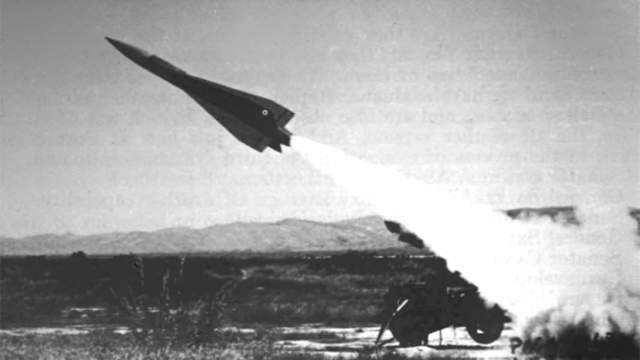
Improved Hawk
Image Source: Photo: commons.wikimedia.org/U.S . Department of the Army
The most current version of the Hawk air defense system, which is in service in Spain and probably delivered to Ukraine, is the Hawk Phase III MIM-23B. This version of the SAM was adopted in 1989 and became one of the most serious improvements of the complex. He was reinforced with the ability to detect modern small-sized targets. Electronics now allows you to accompany more targets at the same time. Of course, the possibilities of working on low-flying targets have not gone away.
What types of targets can a modern one hit and how serious is this danger for modern combat aviation? For modern anti-radar missiles, complexes of this type do not pose a big problem. SAM radars need to constantly irradiate the airspace for missile guidance, and it is unlikely that they will be able to quickly adjust the frequencies of operation and use other technical tricks of modern air defense systems to disrupt the attack. Hawk is a standard target for all our anti—radar missiles. All pilots studied ways to counteract these widespread air defense systems.
No one is saying that Hawk is useless. This SAM can shoot down any third- or fourth-generation aircraft as effectively as it was planned to do in the 1970s and 1980s during the Cold War. It also poses a threat to helicopters and cruise missiles. Of course, the combat effectiveness of the Hawk-type air defense system cannot be compared even with the old Soviet S-300, which have been in service with the AFU for a long time, but it is not worth relaxing because of this. NATO's ammunition depots should also be rather big.
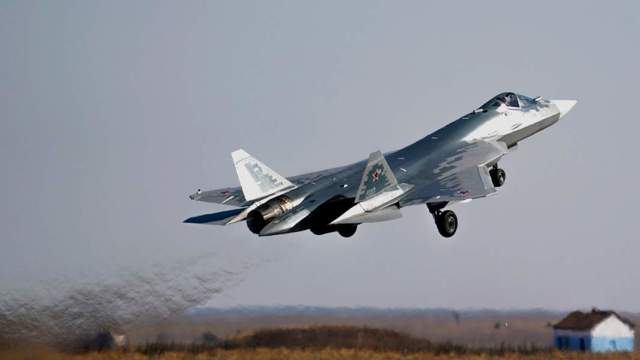
Su-57
Image source: Photo: IZVESTIA/Dmitry Korotaev
Due to the imperfection of the radar, the effectiveness of the Hawks will be noticeably lower against the latest inconspicuous aircraft and ammunition, for example, the Russian Su-57 and X-69 or X-101 missiles, small drones. Hawk will not be able to shoot down hypersonic targets in principle. Their mobility in comparison with the "Buk" is small. Their technical serviceability, as well as maintainability, are also under great question. But, apparently, Ukraine does not have to be picky now — not those times.
Dmitry Kornev
